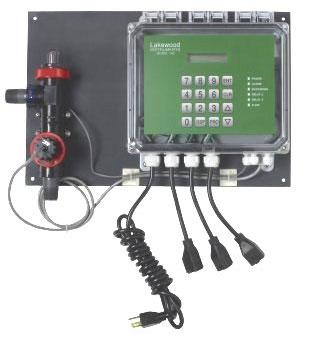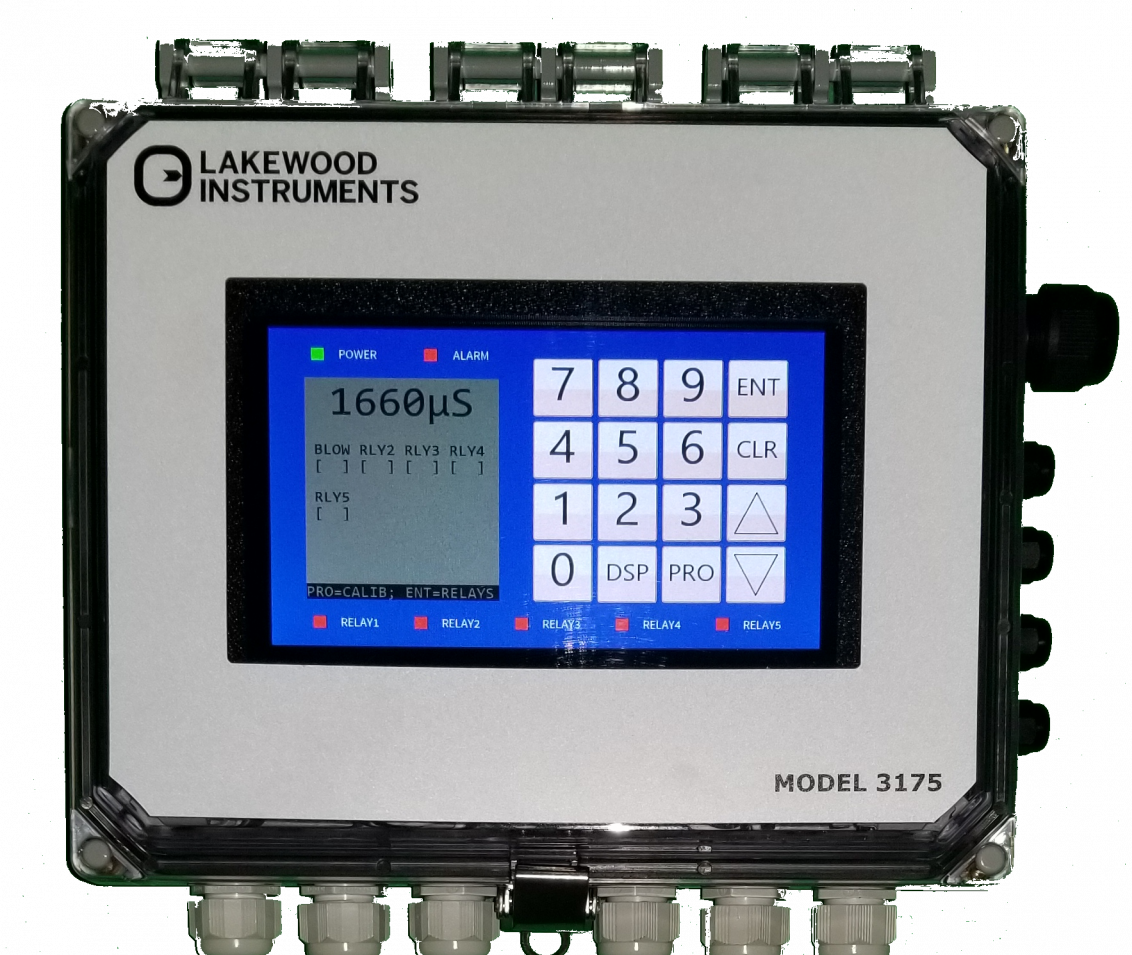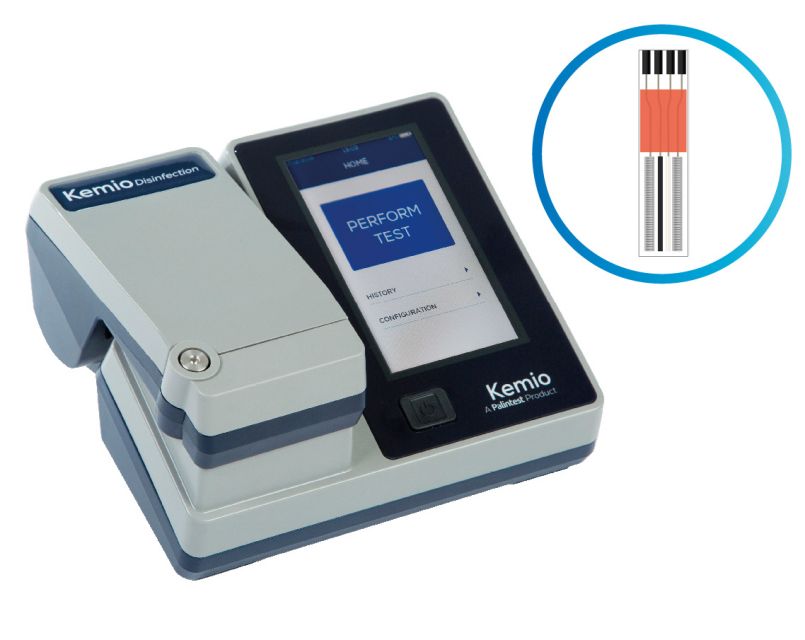Fundamental cooling tower issue
January 05, 2017 0 Comments

A company operates a three-cell cooling tower system that was having
problems maintaining conductivity. The cooling tower had two possible
makeup water sources. The primary makeup source was tertiary RO water
from wastewater treatment at 175 microS. The secondary makeup source was
well water at 480 microS. The operators noticed that when the tower is running
on well water, they were able to maintain the proper conductivity of 1,700
microS in the cooling tower, but when the tower is running on RO water, they are
only able to maintain a conductivity of 700 microS even with the blowdown
valve completely closed. What was happening?
Before you continue with
this article, look at the figure below and take the time to consider what
could explain this.
Why was the cooling tower unable to maintain the conductivity setpoint on
RO water but could on well water?
Faulty Conductivity Control?
The conductivity controller was able to properly maintain conductivity on
well water. The conductivity controller was working fine.
Blowdown Valve Leaking?
There was an air gap between the blowdown line and the drain. The
blowdown valve was not leaking past.
Uncontrolled Water Loss?
The answer was that there was an uncontrolled water loss somewhere. This
water loss was bigger than blowdown required when the cooling tower was on
RO water makeup, but smaller than the blowdown required on well water.
Was It Drift or a Leak?
We inspected the cooling tower and saw no drift or overflow from the tower
that would explain this sudden change in operation. There must have been a
leak, but how big of a leak? Using the cooling tower operational parameters, we
calculated just how big the leak was.
Operational Parameters
Recirculation Rate: 11,227 gpm
ΔT: 10 °F
Evaporative Cooling: 90% (tropical climate)
Conductivity Setpoint: 1,700 microS
RO Makeup Conductivity: 175 microS
Well Makeup Conductivity: 480 microS
The evaporation rate was:
Evap = 11,227 * 10 * 0.9 / 1000 = 101 gpm
Under normal operation, the cooling tower cycles would have been:
Well Cycles = 1700/480 = 3.54
RO Cycles = 1700/175 = 9.71
The cycles they were currently running on RO water was:
RO Cycles Current = 700/175 = 4
The amount of blowdown required under normal operation was:
Cooling Towers 222
BDWell = 101 / (3.54 - 1) = 39.8 gpm
BDRO = 101 / (9.71 - 1) = 11.6 gpm
The blowdown required when they currently ran on RO water was:
BDCurrent RO = 101 / (4 - 1) = 33.4 gpm
Notice that this number is smaller than the blowdown required for well water
but much higher than the blowdown required for RO water under normal
operation conditions. This clearly shows why the cooling tower could
maintain the conductivity setpoint on well water but not on RO water.
Since the blowdown valve was completely closed when they were currently
running on RO water, this meant that there was a 33.4 gpm leak somewhere.
A sizeable leak indeed!
Finding the Leak
The cooling tower system was used to cool several rather complicated
processes with many heat exchangers, so finding the leak was not going to be
simple. I had to leave the facility before the leak was found, but the water
management associate in charge had planned to question the operators in the
area for possible leaks. If this didn't work, red dye was going to be added to help
track the leak down.
Also in Blog

Advanced Cooling Tower Management: Enhancing Efficiency with Lakewood Model 140
February 28, 2024 0 Comments

Optimizing Cooling Tower Performance: Understanding Efficiency, Maintenance, and Water Quality Management
February 28, 2024 0 Comments

Revolutionizing Water Analysis: Everything You Need to Know About the Kemio KEM10DIS
April 19, 2023 0 Comments

